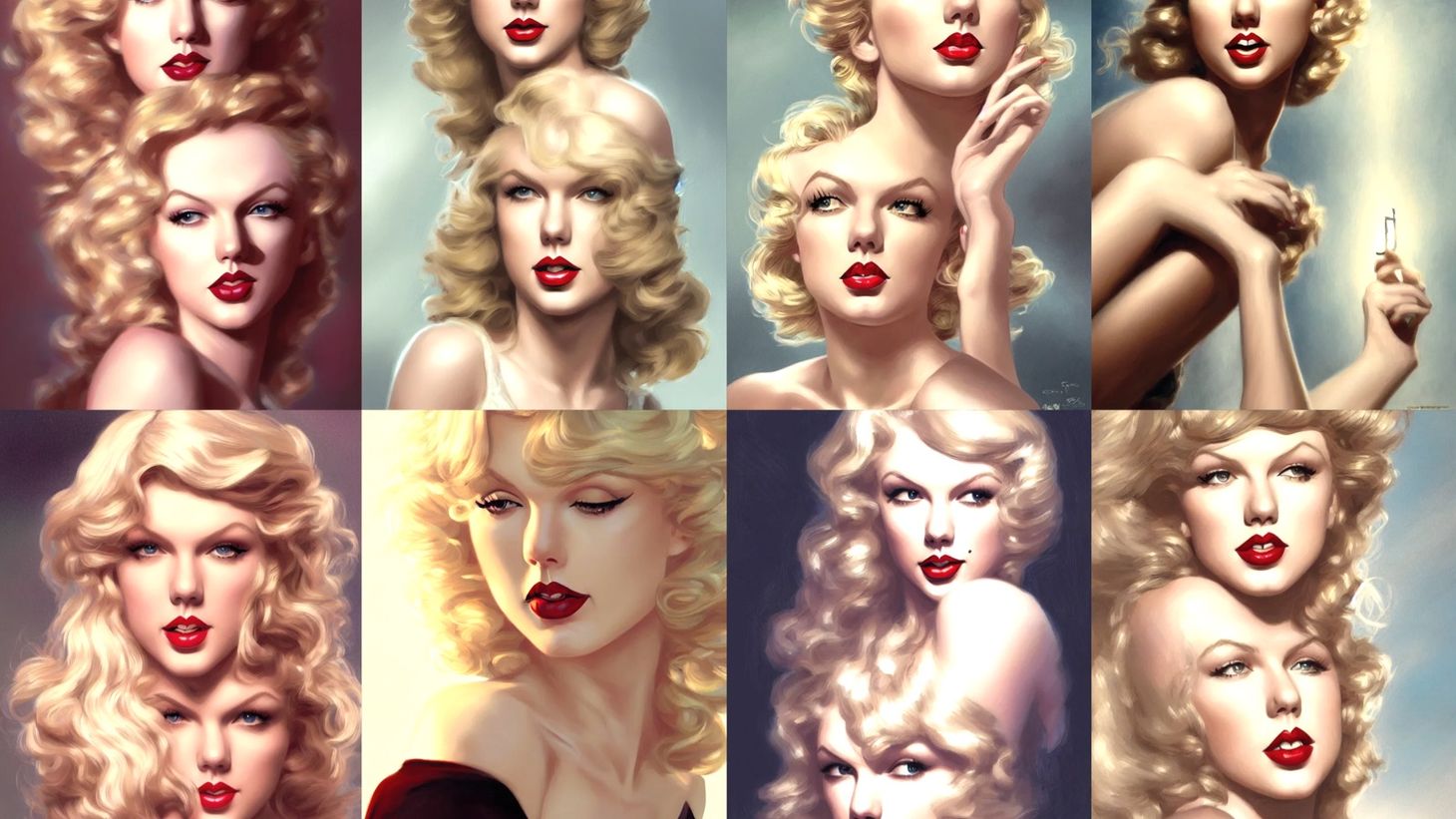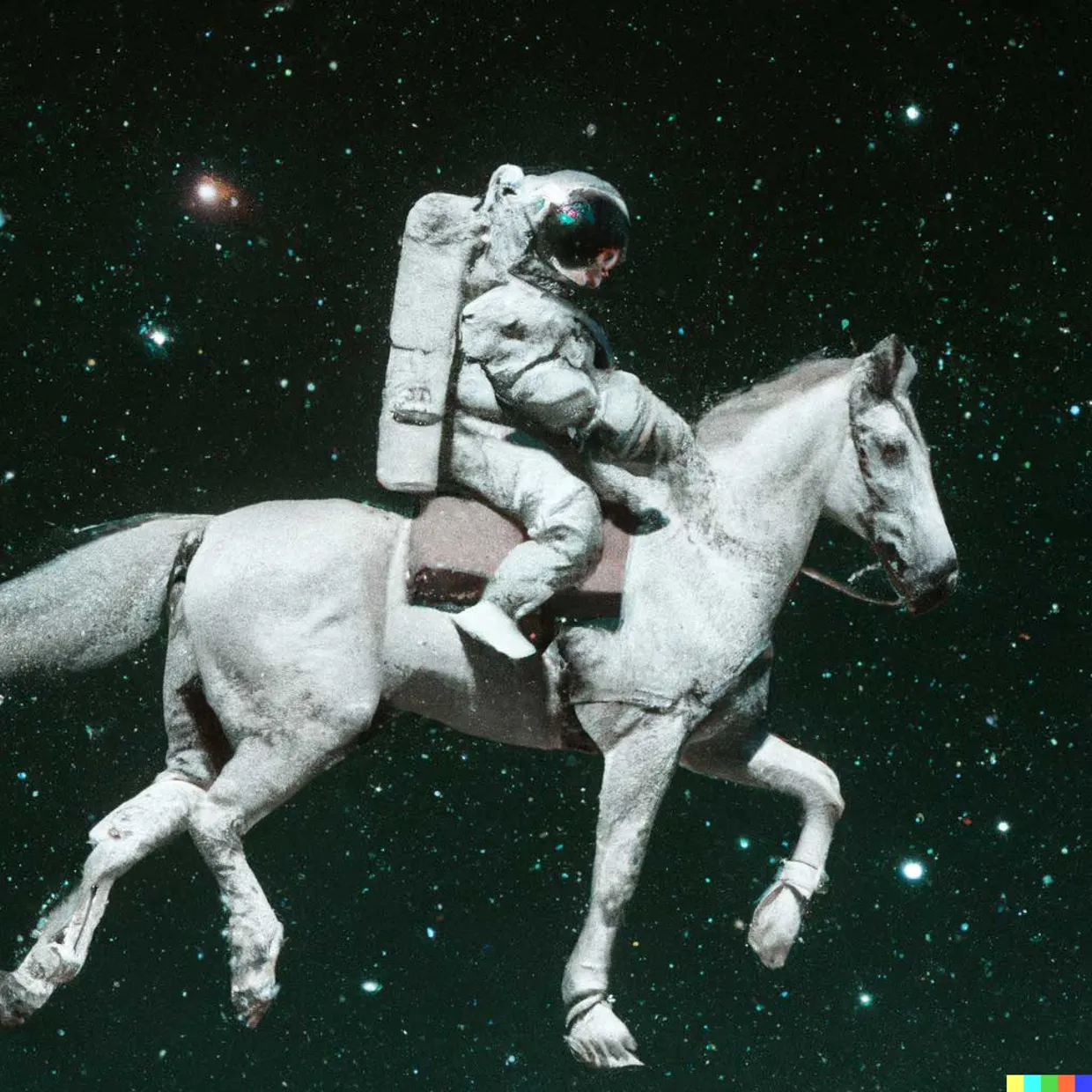How to Create More Taylor Swifts?
Remote Work and Artificial Intelligence offer two ways to better allocate talent.

I've been reading Talent, a new book by Tyler Cowen and Daniel Gross. It offers practical advice on how to find and evaluate talent. It can also be read as a guide on assessing your strengths and weaknesses and determining what gets you consistently energized. To learn more about the book's key ideas, check out these two podcasts featuring Tyler and Daniel (here and here).
Matching the right person with the right job is not just a personal matter; it affects overall productivity and the country's wealth. The authors highlight the discrimination of women and minorities as an obvious example:
"If we look at the growth in U.S. output since 1960, by the best available estimates at least 20 to 40 percent of that growth has stemmed from the better allocation of talent. Circa 1960, the United States was doing a stunningly bad job at allocating talent, in part due to sheer prejudice and misconception. For instance, 94 percent of doctors and lawyers were white men. In 1952, when Sandra Day O’Connor graduated third in her class from Stanford Law School, she could only get a job as a legal secretary."
Society is poorer when we prevent a large chunk of the population from competing in certain fields and jobs.
But simply allowing people to compete is not enough. Many other practical barriers prevent people from making the most of their potential. For an example of what this means in practice, consider the case of Taylor Swift. As the book points out, Taylor's success relied "a great deal" on her ability to overcome geographical and financial barriers:
"At age eleven, she made a trip to Nashville (from Pennsylvania) and started writing songs and playing the guitar with greater seriousness. She also started singing at sporting events as a means of becoming better known: “When I was eleven years old, it occurred to me that the national anthem was the best way to get in front of a large group of people if you don’t have a record deal.”
That was a nice start, but what next? Her family knew to move from Pennsylvania to a suburb of Nashville when she was thirteen, and that enabled Taylor to be near the major studios, both to learn more about music and to meet people in the music business. At age fourteen, Swift signed a publishing deal with Sony/ATV Music Publishing, at the time being the youngest person the company had ever signed.
Not only were her parents smart and supportive, but they were able to move to Nashville because the family already had accumulated enough wealth through their careers in finance. Furthermore, in her junior and senior years of high school she was home-schooled, which gave her the time and flexibility to focus on her music. And so we wonder: What about all of the Taylor Swifts whose families did not have the means and desire to move them to Nashville and also to switch them to home schooling?"
Perhaps Taylor would have become a giant star even if she had stayed in West Reading, Pennsylvania. But her parents maximize her chances by moving to Nashville and taking her out of school. In 2003, the Swifts could do so because they were already wealthy and not tethered to work.
Today, many more people can move without quitting their jobs or relying on existing wealth. We usually consider this point when considering how existing employees can match better opportunities. But as Taylor's story illustrates, remote work also improves society's ability to nurture talent before it reaches the labor force. If parents are more flexible, children can spend more time in places that maximize their potential. And flexible work also makes it easier to homeschool kids or commit to a more demanding after-school regime.
A world with more remote work is a world with more Taylor Swifts.
This piece was supposed to end here. But while looking for a suitable graphic, I had a new idea. I wanted to use a photo of Taylor Swift. But her images are copyrighted, and licensing one seemed like overkill for my humble newsletter. Then, another potential source occurred to me.
In recent weeks, my Twitter feed has been full of images generated by DALL-E-2 and Stable Diffusion. These are two software projects that turn textual prompts into images. For example, asking Dall-e-2 to generate "A photo of an astronaut riding a horse" will result in the following image:

The software creates such images from scratch based on an analysis and recombination of thousands (or millions) of pictures with similar objects.
Since Taylor Swift is so famous, I figured there must be plenty of artificially-generated images of her that I could use for my article. Lexica is a database of images generated by Stable Diffusion. And indeed, it had plenty of Taylor Swift images. I used one of them at the top of this article.
Searching for the photo made me realize here's an alternative path to a world with more Taylor Swifts. Instead of maximizing the potential of the superstars we already have, we can use software to generate more superstars. Even if we don't know what we're looking for, the ability to generate endless quantities of images, text, and music increases our odds of generating something people will get excited about (and pay for).
Remote work makes it easier to match our limited (human) resources to their highest and best use. Artificial Intelligence multiplies the creative output of our human (and non-human) resources. Both of them point to a world with more content and fiercer competition.
Dror Poleg Newsletter
Join the newsletter to receive the latest updates in your inbox.

